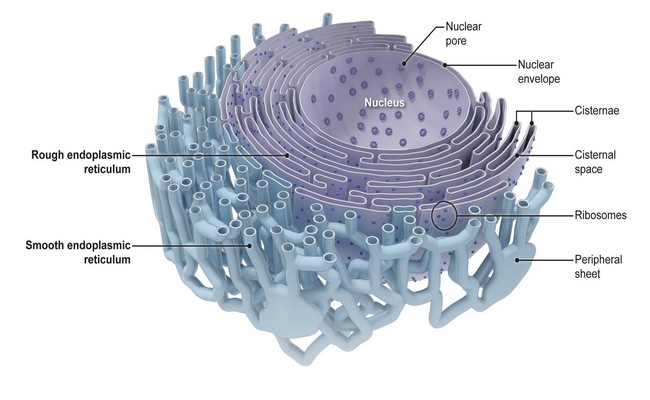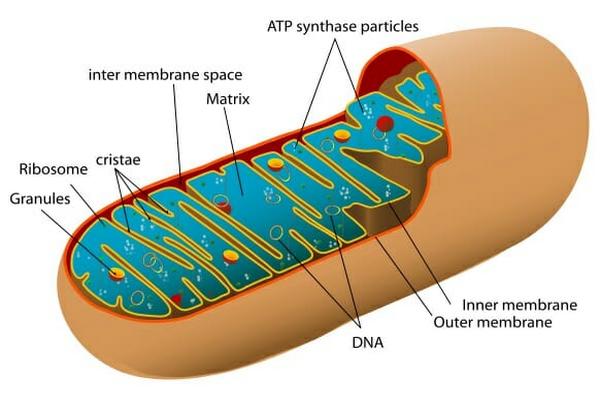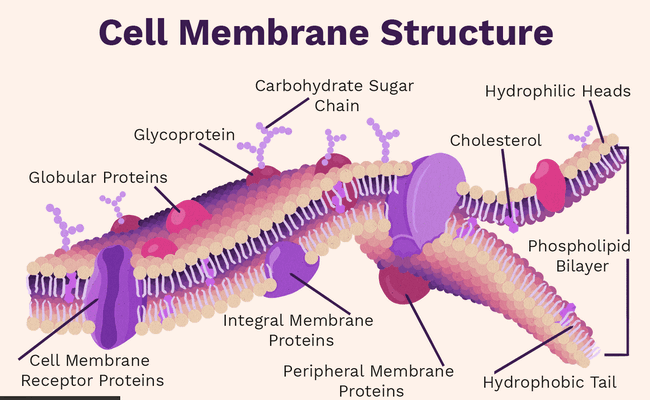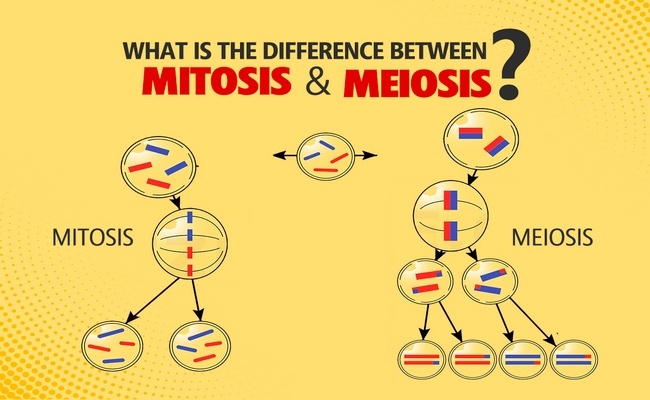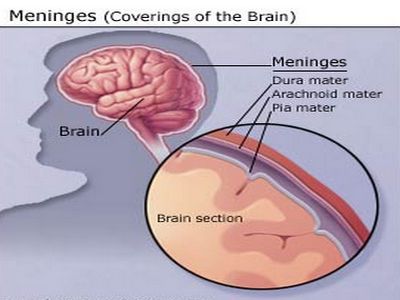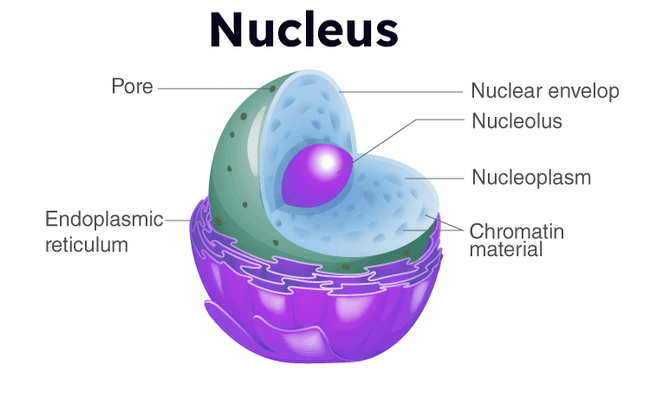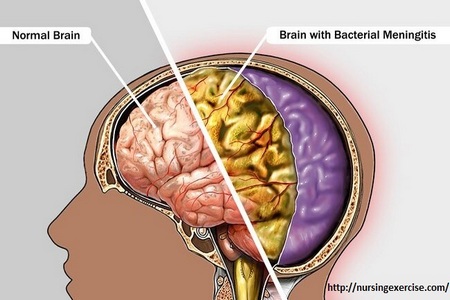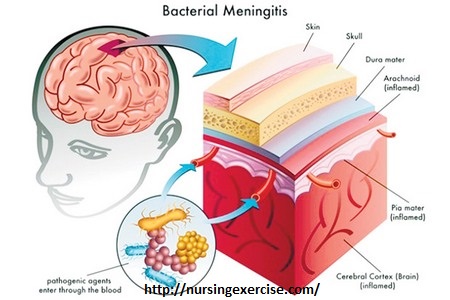Functions of Lysosome | Lysosomal Enzymes and Their Functions
What are Lysosomes? Lysosomes are small sac-like structures surrounded by a single membrane and containing strong digestive enzymes that can break down food and engulfed viruses or bacteria. Lysosomes are membrane-bound organelles found within cells. Lysosomes are also known as suicide sac in the cell. Shape and Size of Lysosomes: Lysosomes are like the stomach […]
Functions of Lysosome | Lysosomal Enzymes and Their Functions Read More »


